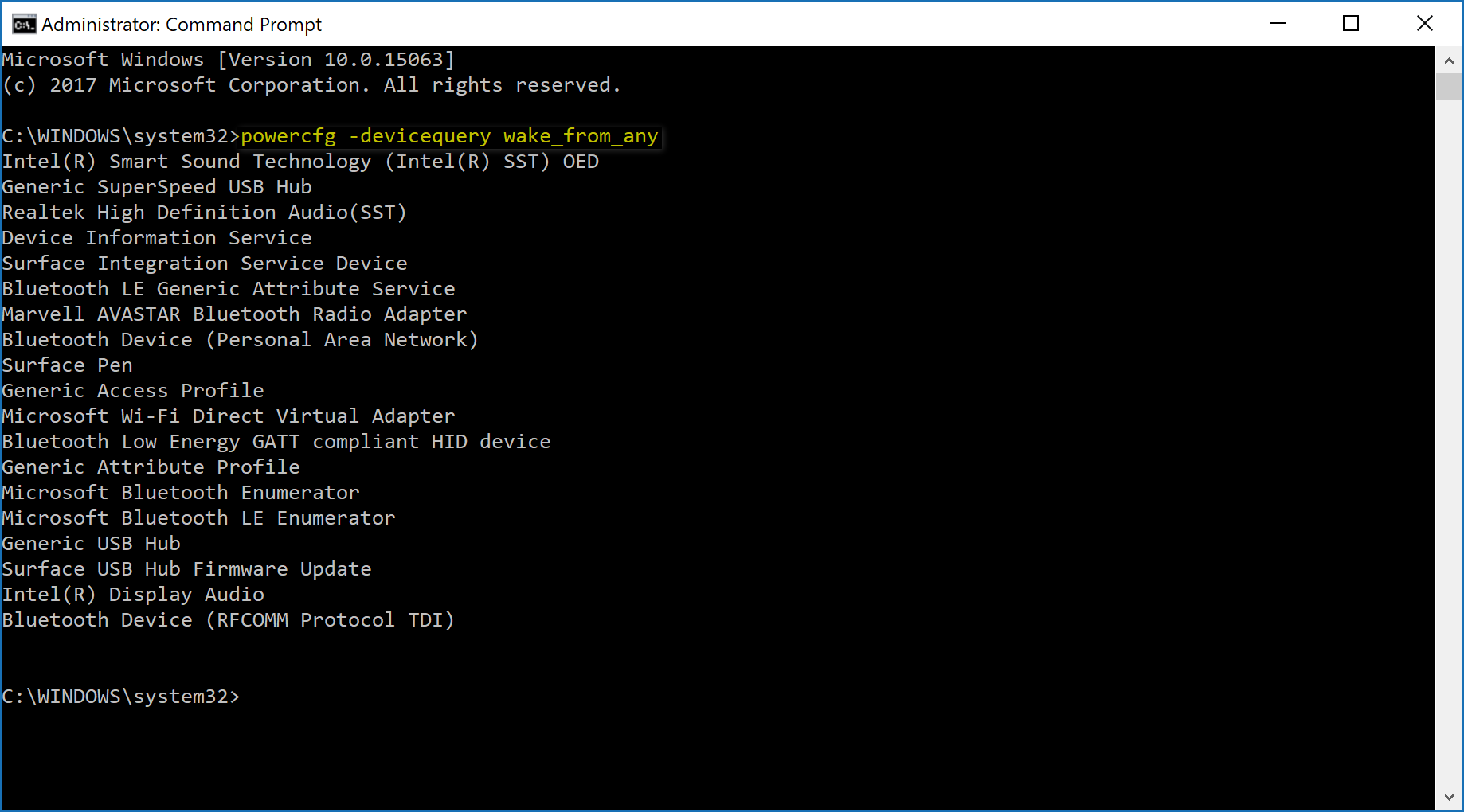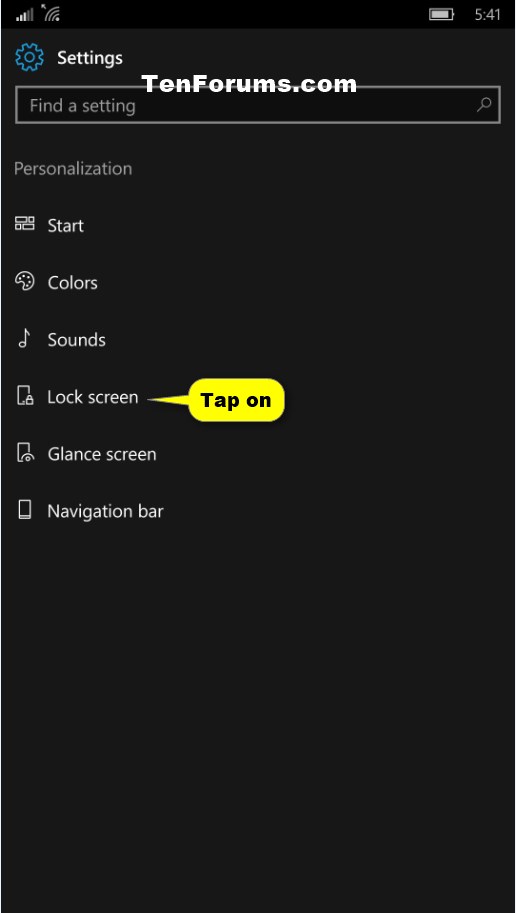
- #REMOTE WAKE UP WINDOWS TABLET SERIAL#
- #REMOTE WAKE UP WINDOWS TABLET ANDROID#
- #REMOTE WAKE UP WINDOWS TABLET PASSWORD#
- #REMOTE WAKE UP WINDOWS TABLET PC#
- #REMOTE WAKE UP WINDOWS TABLET OFFLINE#
From there, you can connect the modem to IP phone line from your router. Connect the modem to your computer and enable the option in your BIOS.
#REMOTE WAKE UP WINDOWS TABLET SERIAL#
If you want to wake up your computer while you are not at home using your phone, you will need an external PSTN modem (using the RS 232 serial port). You will need configure your router to redirect a UDP packet to a specific port on all the network computers.īy sending the magic packets to your public IP address (on the correct port), you will be able to individually boot computers on your local network.
#REMOTE WAKE UP WINDOWS TABLET PC#
In theory, it is possible to boot a remote PC from the internet. Once the packet has been received, the target computer will boot. Internet Address: Local IP address (target machine).Mac Address: MAC address (the target machine).Launch the tool and then fill in the empty fields using the information gathered above. Start by downloading the Symantec WOL tool on the source computer. You can open Port 8900 in the same way as you would Port 445. m \\: The IP address of the target computer f: Force active applications to close without warning Please note that you can substitute any of the variables according to your network or PC specifics: An example of the command is given below, whereby instructions are given for the target computer to close all active applications and shutdown after 30 seconds of inactivity. Once connected to the target PC, we can run the shutdown command.
#REMOTE WAKE UP WINDOWS TABLET PASSWORD#
Enter an administrator username and password for the target computer to connect to the target PC. Use the Windows + R keyboard shortcut and then enter net use \\ip_address_of_target_machine. To obtain the necessary rights to run a shutdown command on the target machine, you must first run the net use command.Head to Start/Run or use the keyboard shortcut Windows + R.Wake On Lan, Wake on Magic Packet, Shutdown Wake Up or Wake Up Capabilities. It is now time to open the command prompt. Right click your network card and select properties, which will show you the details in a separate window. Note: If the option described in Step 7 is not activated, you must first activate the Allow the computer to turn off the device to save power option. The network card now supports Wake-on-LAN. Select the Remote tab and check the option that reads Allow users to connect remotely to this computer. Activate the Allow this device to wake the computer option. Next, head to Start > Settings > Control Panel > System. Once rebooted into Windows, click the Start menu and search for 'Device Manager.' Launch the Device Manager, find the Network Adapters section, and expand it to.If this line is missing, click Add Port and choose TCP port 445.

#REMOTE WAKE UP WINDOWS TABLET ANDROID#
You can initiate the wake-up request from another Windows or Mac computer or even an Android or iOS device running the TeamViewer (Classic) Remote Control app.

#REMOTE WAKE UP WINDOWS TABLET OFFLINE#
This means you can remotely control an offline computer by waking it up first before establishing a connection to it. In order to control a computer remotely, please note that you must be connected to the same local network as the target PC. Wake-on-LAN allows you to turn on a sleeping or powered-off computer.

Now, anytime you trigger the script to shutdown in Home Assistant, EventGhost would pick it up, and it would then shut down the computer.How to remotely shutdown a computer on a LAN? After that, drag the event sent from Home Assistant and drop it between the Macro and the Action. Then select Force close of all programs and then click OK. You can create scripts in Home Assistant to trigger any of those options. You can have EventGhost lock the computer, reboot, shut it down, sign off or sleep. Under power, there are several options that you can select. Click on Add Macro, System, and then Power. In Home Assistant, trigger the script to turn off the computer. Save the changes, then go to the Configuration tab, Server Control and reload your scripts. This would be the payload that would be sent to EventGhost, which can then be used in a macro to turn off the computer. Then, we’re using the Join service to send the command to the computer, and for the data, we set up the command to shutdown. We named the script pc_off, which is what we set up earlier on the switch to turn on and off the computer.


 0 kommentar(er)
0 kommentar(er)
